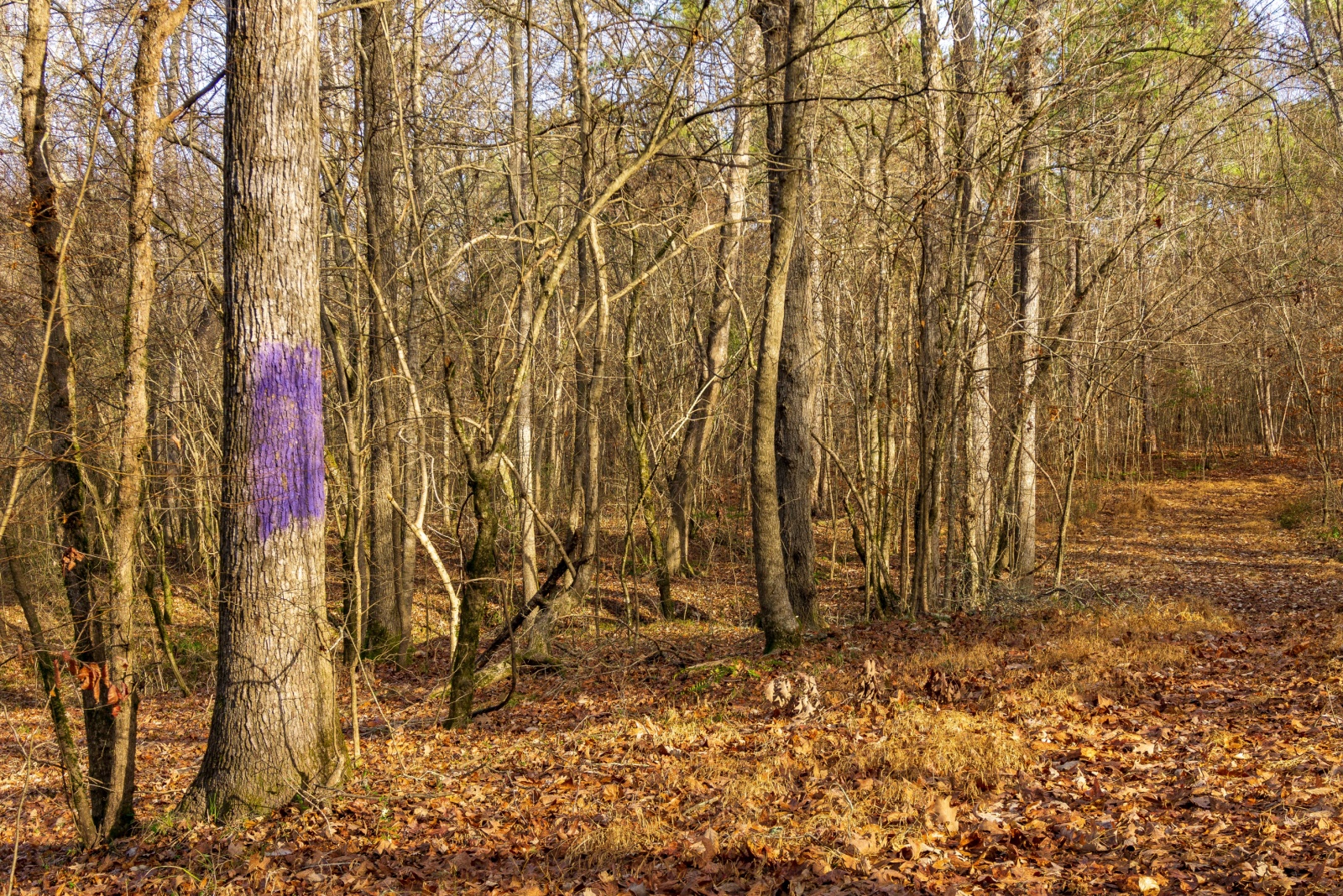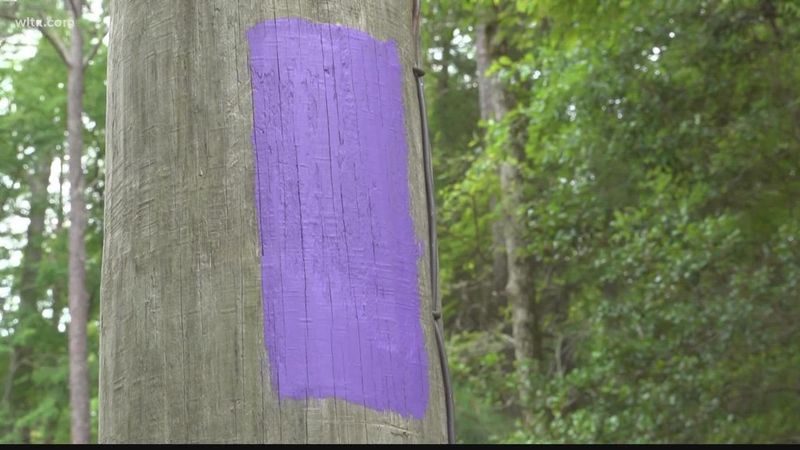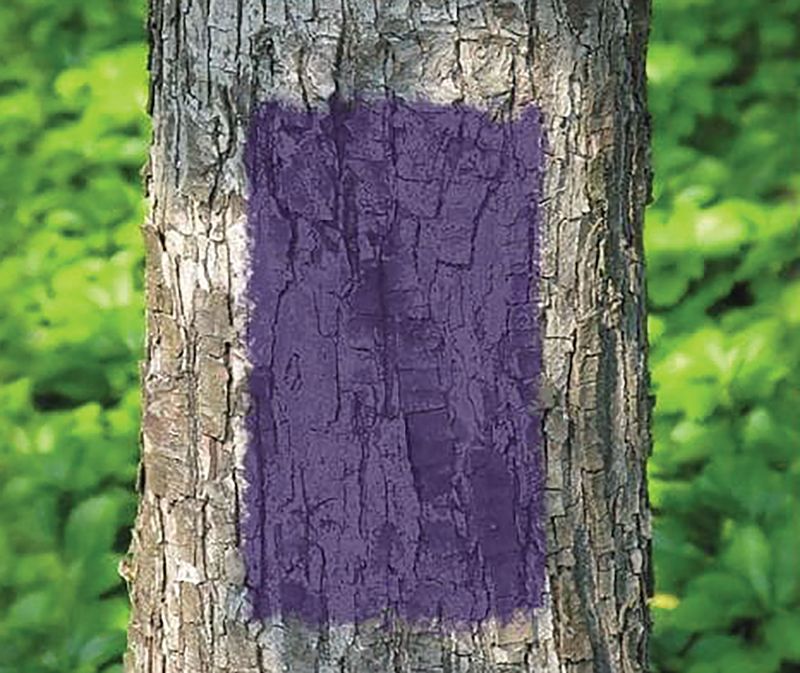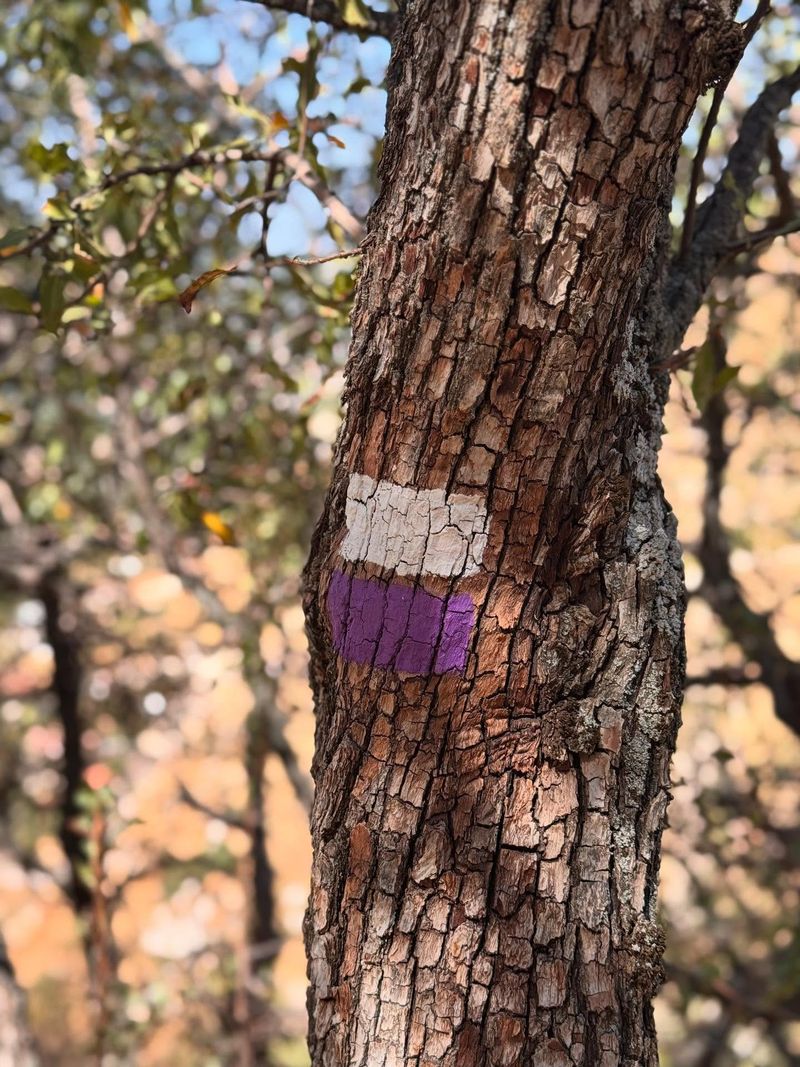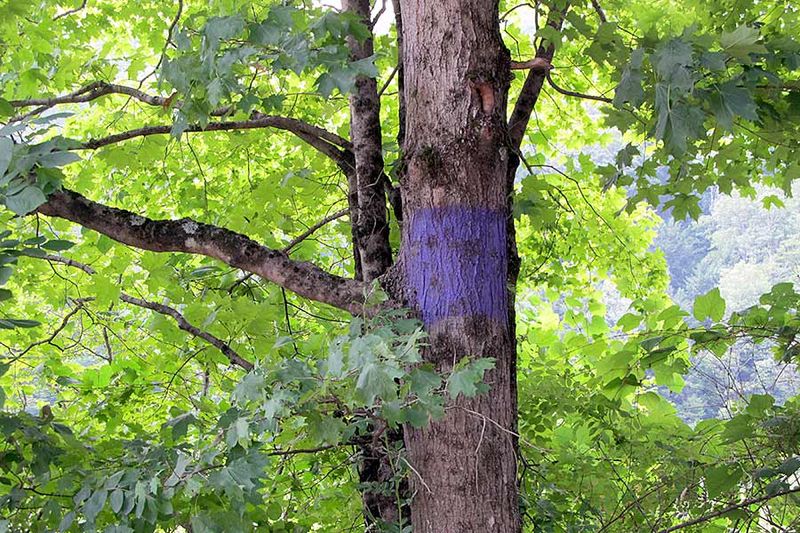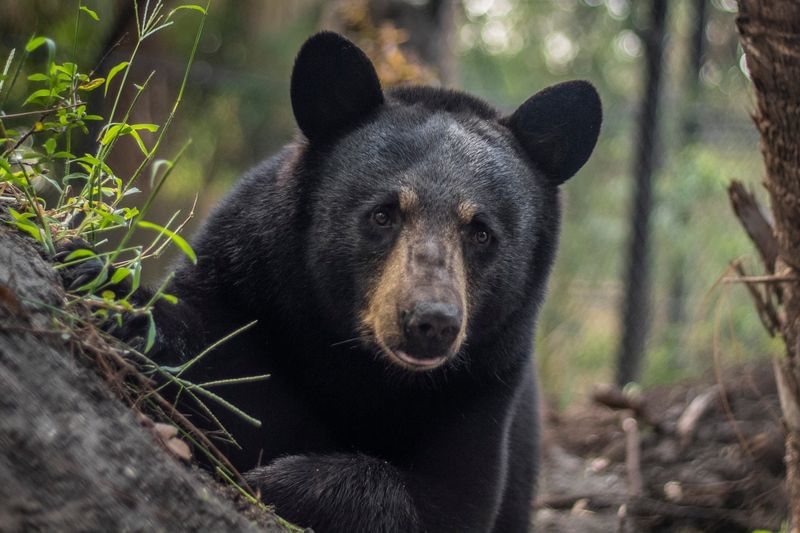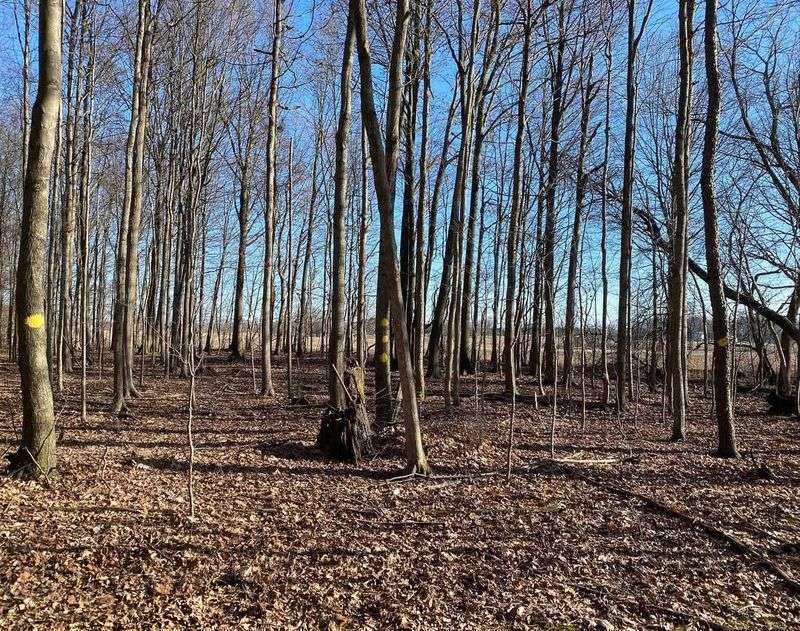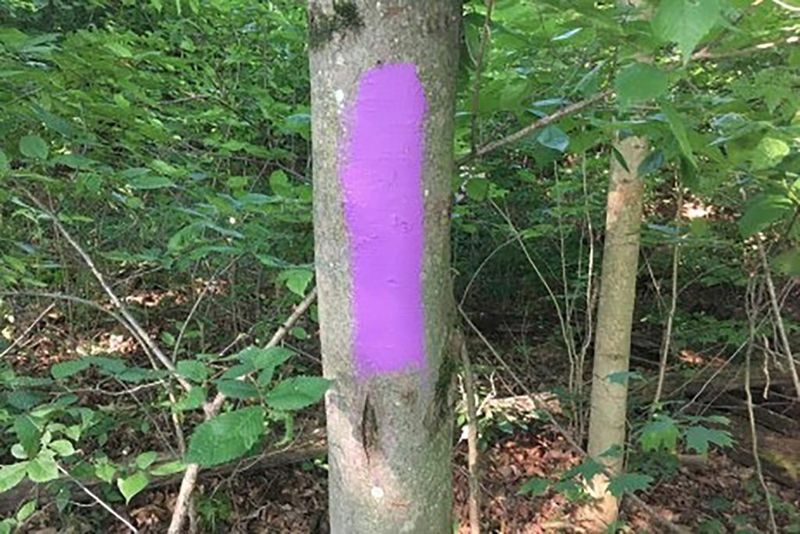Have you ever wandered through Florida’s woods and spotted trees marked with bright purple paint? It’s not random graffiti or artistic expression. These purple markings actually serve important purposes across the state.
Understanding what these colorful stripes mean could save you from trouble and teach you something about Florida’s property laws.
1. No Trespassing Warning
Purple paint serves as a legal ‘No Trespassing’ sign in Florida. The state’s Purple Paint Law allows landowners to mark their boundaries with this distinctive color instead of posting traditional signs.
The law was enacted to give rural property owners a durable, weather-resistant way to mark their land. Unlike paper signs that deteriorate in Florida’s humid climate, purple paint can last for years even during hurricane season.
2. Private Property Boundaries
Landowners use purple paint to clearly mark where their property begins and ends. The markings typically appear as vertical stripes about 8 inches long and 1-2 inches wide at eye level on trees.
For hikers and outdoor enthusiasts, these purple stripes serve as important navigational guides. When you spot them, you’re looking at a property line that shouldn’t be crossed without permission from the owner.
3. Hunting Area Markers
Purple markings often indicate the boundaries of private hunting lands. Hunters should take special note of these paint stripes during hunting season.
Crossing into purple-marked areas without permission isn’t just trespassing—it can be dangerous during active hunting periods. Many hunting clubs and private landowners use this system to protect their exclusive hunting rights and ensure safety.
4. Legal Alternative To Signage
Florida law recognizes purple paint as legally equivalent to a ‘No Trespassing’ sign. This provision helps landowners with large properties who would otherwise need hundreds of physical signs.
The paint method became popular because signs are often stolen, damaged by weather, or simply ignored. Purple paint catches attention and carries the same legal weight as posted signs when properly applied to trees or fence posts.
5. Wildlife Management Zones
Conservation areas and wildlife corridors sometimes use purple markings to indicate special management zones. These areas might have specific rules about access or activities allowed within them.
Florida’s rich biodiversity requires careful protection, and purple paint helps mark sensitive habitats. Wildlife officers and conservation agencies monitor these boundaries to protect endangered species and maintain ecological balance in the state’s diverse ecosystems.
6. Timber Harvest Boundaries
Forestry companies mark trees with various colors for different purposes. Purple specifically indicates property lines where logging operations must stop.
Sustainable timber harvesting requires precise boundary awareness. When loggers see purple paint, they know they’ve reached the edge of their permitted cutting area and must not proceed further without risking trespassing charges.
7. Cultural Significance In Rural Communities
The purple paint tradition has become part of rural Florida’s culture. Many longtime residents recognize and respect these markings without needing explanation.
This color wasn’t chosen randomly—purple stands out against natural bark colors and isn’t commonly used for other forestry purposes. The tradition started in Arkansas in 1989 and has spread to Florida and several other states as an effective property protection method.

